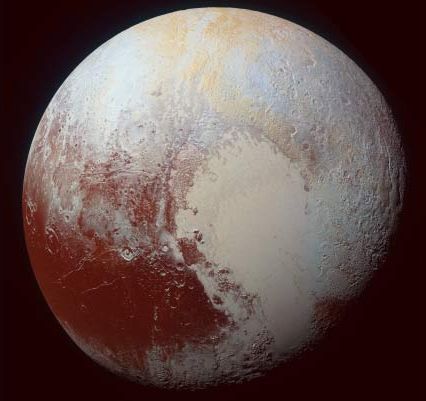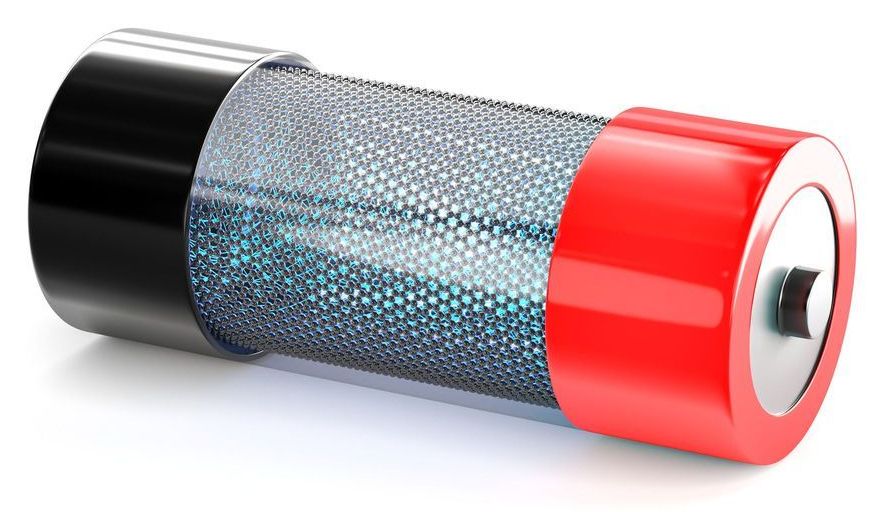Jul 6, 2020
New insights into van der Waals materials found
Posted by Quinn Sena in categories: materials, particle physics
Layered van der Waals materials are of high interest for electronic and photonic applications, according to researchers at Penn State and SLAC National Accelerator Laboratory, in California, who provide new insights into the interactions of layered materials with laser and electron beams.
Two-dimensional van der Waals materials are composed of strongly bonded layers of molecules with weak bonding between the layers.
The researchers used a combination of ultrafast pulses of laser light that excite the atoms in a material lattice of gallium telluride, followed by exposing the lattice to an ultrafast pulse of an electron beam. This shows the lattice vibrations in real time using electron diffraction and could lead to a better understanding of these materials.

















